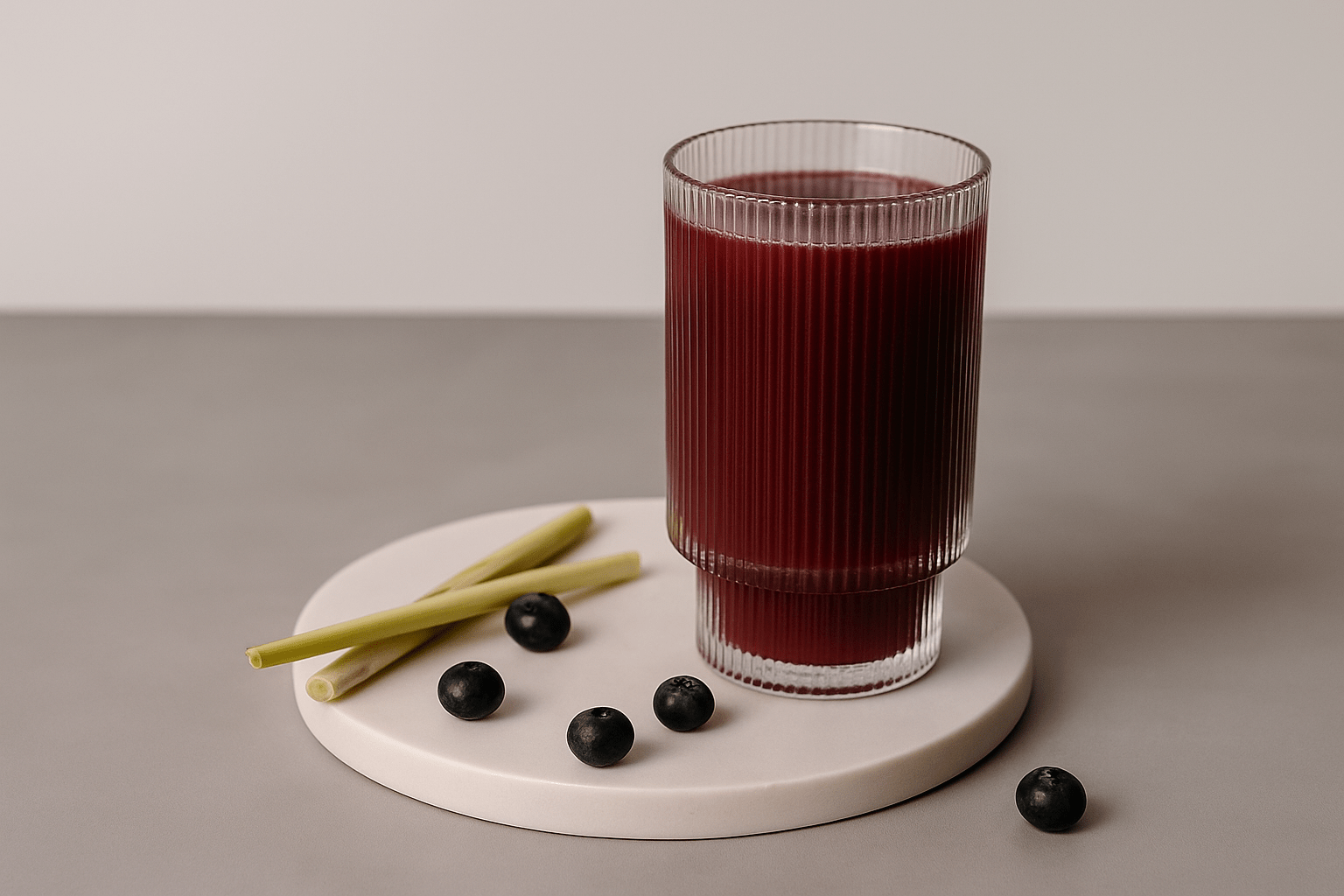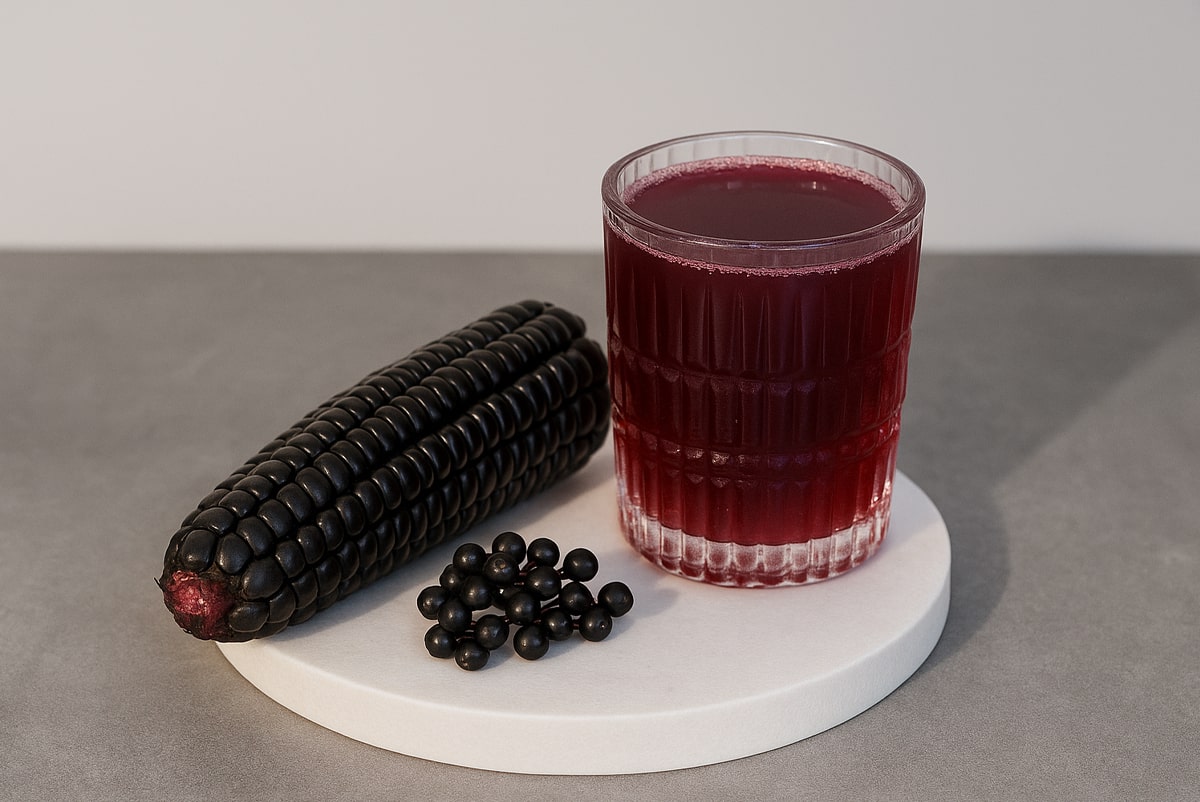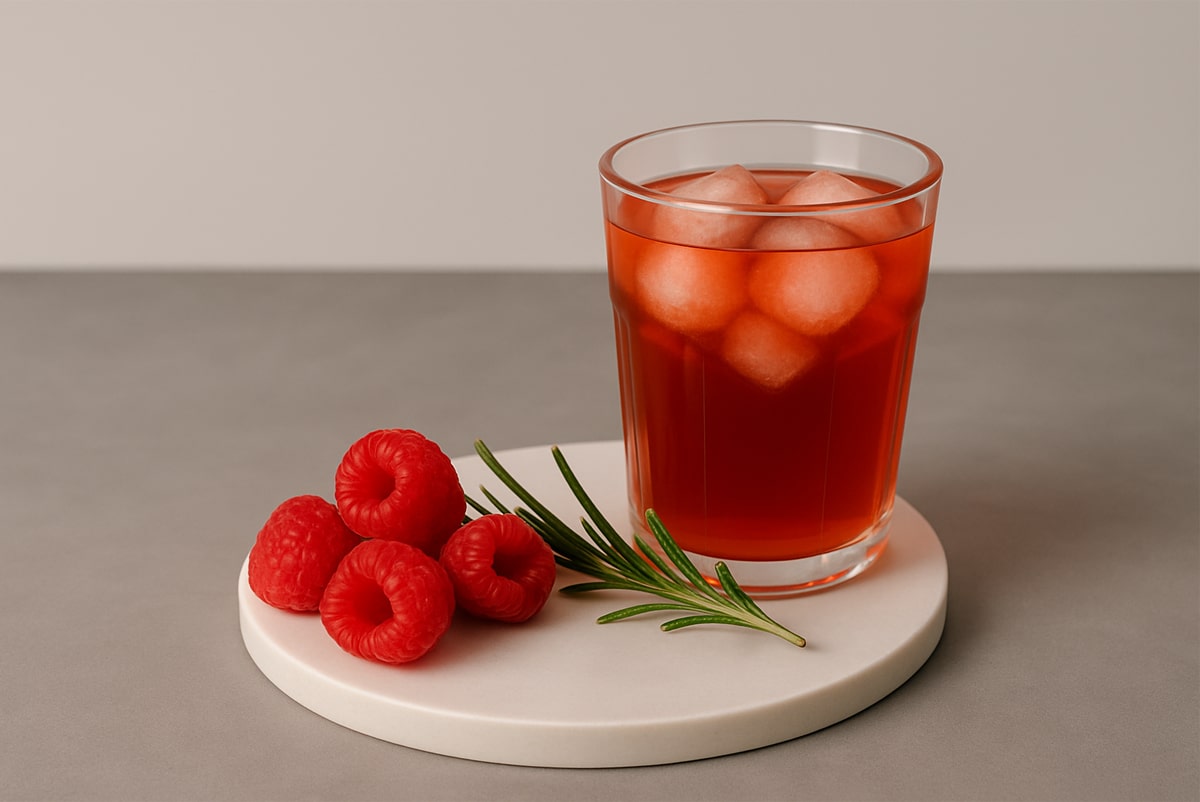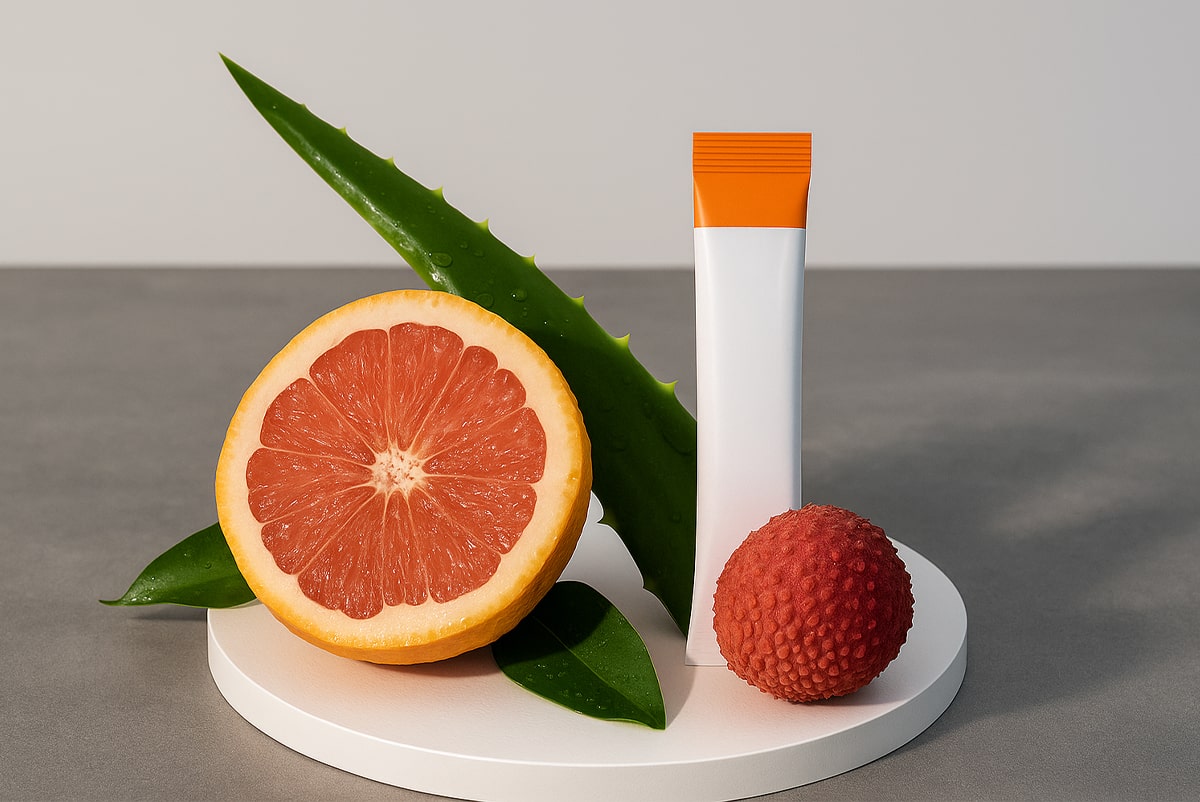Newsletter |
Aromas & sensory perception
Whether protein shakes, lozenges or powder for dietary supplements: in the end, it's the taste that counts. If the taste is not convincing, that's usually it for the second purchase - and the bad product reviews are not long in coming.
But how do you actually find the right flavour that not only tastes good, but also arouses curiosity and stands out from the crowd? And how do you get the best taste out of ingredients that are a real challenge in terms of sensory perception?
That's exactly what our latest newsletter is all about. We show you how to turn "just so" into a real taste experience - with tips, insights and ideas straight from the world of flavours.

Flavours can be divided into the following subgroups:
Synthetic flavours: Called flavouring in the list of ingredients. Generally have a more intense taste than the other types. Due to their non-natural origin, some consumers reject synthetic flavours. However, some tasting profiles are only possible as synthetic flavours. This is the case with many fantasy aromas, for example.
Natural flavours: Referred to as "natural flavour" in the list of ingredients. Often slightly less intense in taste. They are 100% of natural origin.
Natural x-flavours:A special form of natural flavouring in which the taste component may be named in the list of ingredients (e.g. "natural lemon flavouring"). This is only legally permitted if at least 95% of the component of the flavour comes from the raw material mentioned. In contrast to natural and synthetic flavourings, natural x-flavourings may be used in organic products. It should be noted that these are only organic flavourings, but are not considered organic raw materials themselves, so they may only be used in organic foods up to a maximum of 5%.
Organic flavourings:Are labeled in the list of ingredients as "natural organic x-flavour" (e.g. "natural organic lemon flavour"). At least 95% of both the flavouring and non-flavouring components (e.g. carriers) of an organic flavouring must come from organic production. In contrast to natural x-flavourings, organic flavourings may be used in higher quantities in organic foods, as they themselves count as organic raw materials. Compared to the other flavours, however, they are significantly less intense and are often cost-intensive and difficult to produce.
Before a new product is developed, it is worth changing your perspective: Who will buy it later - and what does this target group expect in terms of taste? Is there a demand for an intense, perhaps even artificial flavour? Or is naturalness the number one selling point? Especially for products marketed as "organic", the scope for flavour selection is narrower - many classic flavourings are omitted here. This makes it all the more important to clarify these general conditions at an early stage. A recipe with a high acid content is difficult to combine with creamy notes. In such cases, tangy ingredients such as lemon, orange or green apple are the better choice - they pick up on the acidity and integrate it harmoniously into the overall picture.
However, if a product contains a lot of bitter ingredients, it can make sense not to conceal these, but to accompany them with flavour. Flavours such as grapefruit, coffee or dark chocolate harmonize with bitterness and round off the sensory profile.
We would be happy to advise you on which flavours would best suit your product.
Multi-sensory experiences
It's not just the taste that matters
If you only focus on taste, you quickly forget how important our other senses are when it comes to product perception. After all, smell, color and texture also determine whether a food is convincing - or fails.
Smell: the underestimated seducer
Smell and taste are closely linked. We don't want to put a product in our mouths if it doesn't smell good. A pleasant smell requires so-called volatile compounds - aromatic substances that are quickly dispersed in the air when the product is opened. Some aromas have a particularly quick olfactory appeal, while others develop their strengths more in the long-lasting taste. It can therefore make sense to combine both types in a targeted manner.
Color: first impressions count
Before we even taste it, we can see. The color of a product immediately influences what we expect - and how we perceive the taste. A strawberry flavour in bright green? Rarely works. Studies show: If the color does not match the expected taste, consumers find it more difficult to classify the flavour correctly.
Texture: how good taste feels
A creamy shake leaves a different mouthfeel than a watery drink. The consistency has a significant influence on how a product is perceived. With the right choice of raw materials and, if necessary, the targeted use of texturizers (e.g. thickeners), a lot can be optimized here so that the product ultimately has the right texture.

Flavours can do more than just taste! Functional flavours, for example, are designed to improve the sensory experience.
Masking flavours are an example of this. These aromas have the task of masking specific off-tastes, such as bitter notes of vegetable proteins and extracts or amino acids. Masking flavours usually have specific areas of application for which they are particularly suitable - you have to choose the right one for the specific problem.
Cooling flavours are another example. These compounds have a cooling effect in the mouth. This can be particularly beneficial for products that are intended to have a refreshing effect.
However, functional flavours are not a miracle cure either - if the base to be flavoured has too many and too strong off-tastes and other challenging characteristics, even a masking flavour can reach its limits. In these cases, you should reduce the quantity of flavour-impairing ingredients or remove them from the recipe.

Acai lemongrass
Everyone who visited our stand at Vitafoods was already able to try it: our women's health product EveRelief in the acai-lemongrass flavour. The slightly tart, berry taste of acai meets the tangy taste of lemongrass and is rounded off with a pleasant sweetness in our EveRelief.
Flavour Powder
Powder with flavor
Flavour powders are an ideal way to spice up the taste of natural yoghurt, quark, milk and co. without adding too many calories. Simply stir in the powder and enjoy! We also offer our customers various choices of flavour powders and are happy to develop taste profiles tailored to your portfolio together with you! Whether sweet varieties such as caramel cookie, mojito and melon or savoury varieties such as mango curry and tomato basil - together we are sure to meet your customers' tastes!

To ensure that we at Biohealth International GmbH can offer you and your customers the best possible taste experience, our product development department regularly holds sensory training courses. These include internal training courses on the basic flavours, training courses in collaboration with flavour manufacturers and external training courses. For example, our product development employees have already been able to assemble their own vanilla flavour from a variety of individual flavourings under the guidance of a flavourist. Sensory tastings of samples for our customers as well as innovative products on the market and promising new raw materials also take place regularly so that we can always provide our customers with the best taste expertise!




